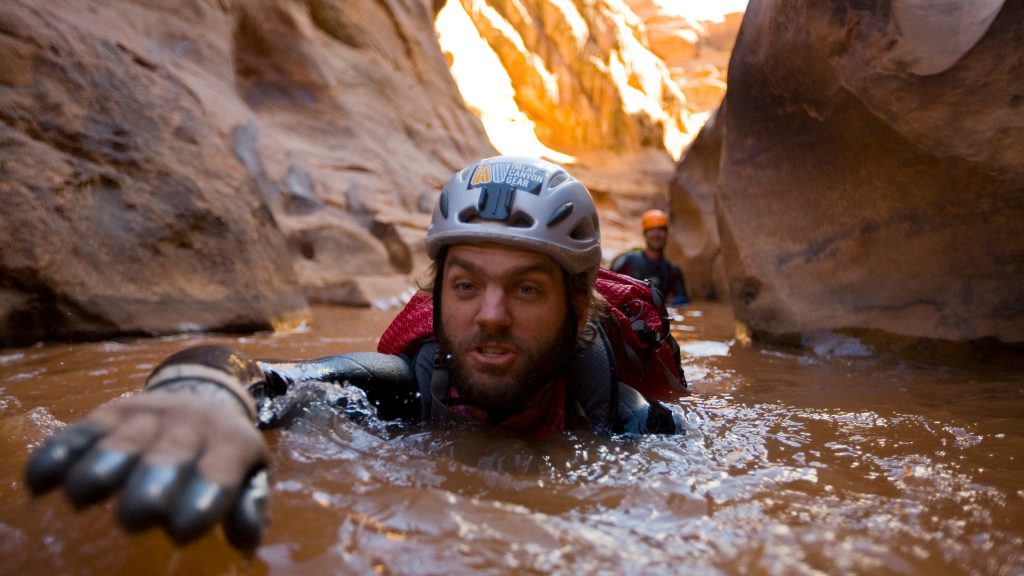
Category: Water

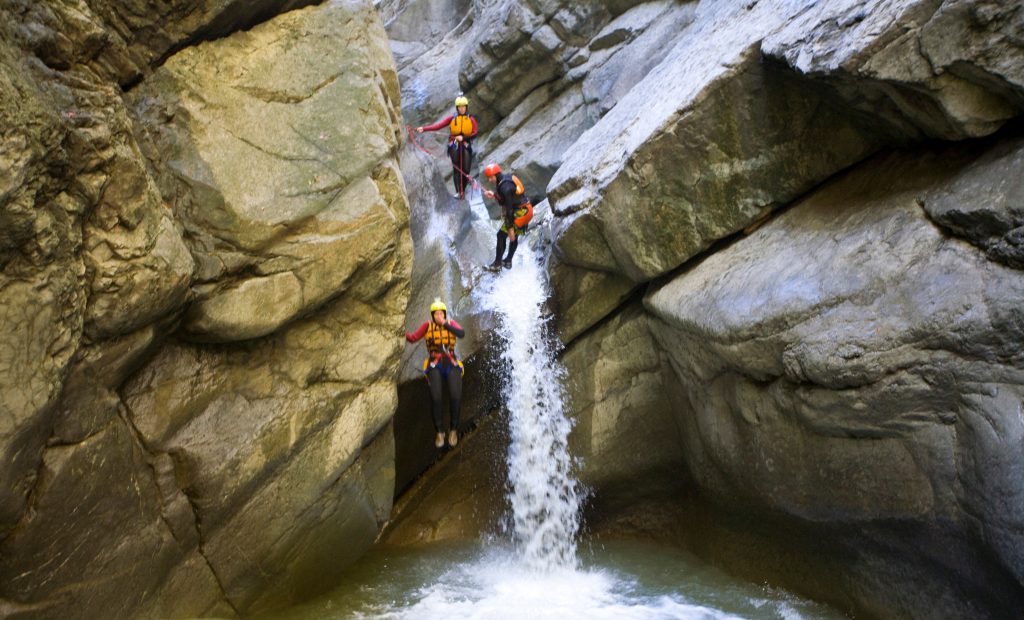
Post Fire Kayaking – Soot Water
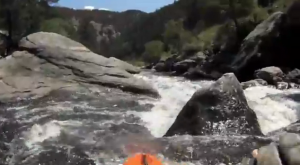 Kayak and outdoor enthusiast Christoper Wiegend and I hit the Poudre River in a tandem Jackson Kayak. After the big fire of July 2012 a big rain storm hit. Hopes were the water would be running high and fast but it’s the lowest Chris has ever run. The video below was filmed on an iPhone 4 in a LifeProof case and a helmet mounted GoPro camera. Click below for video.
Kayak and outdoor enthusiast Christoper Wiegend and I hit the Poudre River in a tandem Jackson Kayak. After the big fire of July 2012 a big rain storm hit. Hopes were the water would be running high and fast but it’s the lowest Chris has ever run. The video below was filmed on an iPhone 4 in a LifeProof case and a helmet mounted GoPro camera. Click below for video.
REVIEW: LifeProof – Waterproof iPhone Case
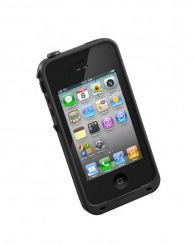 This water/dirt/snow/shock-proof case is designed to go on your phone and stay there. For the protection it offers, the slim design makes it practical to leave this case on your phone for full time protection, not just when you want to get out in the elements. As the instructions suggested, I first tested the case empty as the waterproofness is not intuitively apparent. But once that past the test I inserted my phone and haven’t taken it out since. Until something that does everything this LifeProof case does and resolves some of the issues I mention below, this will continue to be how I protect my iPhone.
This water/dirt/snow/shock-proof case is designed to go on your phone and stay there. For the protection it offers, the slim design makes it practical to leave this case on your phone for full time protection, not just when you want to get out in the elements. As the instructions suggested, I first tested the case empty as the waterproofness is not intuitively apparent. But once that past the test I inserted my phone and haven’t taken it out since. Until something that does everything this LifeProof case does and resolves some of the issues I mention below, this will continue to be how I protect my iPhone.
GEAR: DryCase – Waterproof your iPhone
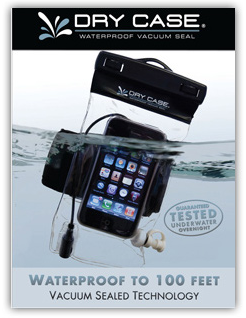 The vacuum seal tells all. Drop your mobile phone into this clear plastic case, pump (or suck) the air out and you’re good to go. By virtue of the vacuum holding, you know your kit is protected. And with a waterproof headphone jack, you can still get your tunes or make a call. The DryCASE allows for full touch screen functionality and comes with a buoyant armband, lanyard and hand pump.
The vacuum seal tells all. Drop your mobile phone into this clear plastic case, pump (or suck) the air out and you’re good to go. By virtue of the vacuum holding, you know your kit is protected. And with a waterproof headphone jack, you can still get your tunes or make a call. The DryCASE allows for full touch screen functionality and comes with a buoyant armband, lanyard and hand pump.
This is a great solution for occasional waterproof protection when you know you’re going to be in a wet or dirty environment, but not practical for everyday use. It’s easy to get your device in and out of the case and has an arm-band for more active and pocket-less activities. In fact, it probably won’t fit in your pocket if you had one. The DryCASE will also do well just sitting in the sand next to your lounge chair or beach towel and you won’t have to worry about anyone kicking sand or standing above it with a dripping swim suit.
Kayaking & Stand Up Paddleboarding
Review: Kokatat Meridian Dry Suit
 Photo: Nathaniel Wilder
Photo: Nathaniel WilderAfter wearing a Kokatat Dry Suit for 15 days in the Arctic, it’s no wonder why Kokatat is the leader in the paddlesports attire field. This suit performed superbly, as expected: it kept me dry and warm, it was easy to put on and take off, and it was plenty comfortable.
A group of friends and I embarked on a 15-day journey down the Kongakut River in the far northeastern corner of Alaska from the Brooks Mountains to the Arctic Ocean in packrafts and inflatable kayaks. Granted, we didn’t hit much (if any, really) whitewater. At most we paddled through a very mild Class III. So, the risk of getting totally immersed in the water was slim – though, it did happen to 3 of the 4 packrafters. Ironically not to the one wearing a full dry suit (me)! The others on the trip were wearing various combinations of dry bottoms, dry tops and neoprene. As long as they stayed in their boat, they remained plenty dry, save their feet. Another score for the dry suit with booties: dry feet snuggled in toasty wool Teko socks for the whole trip.
Arctic Rafting: Returned
After 15 days on the Kongakut river, we’ve returned to Anchorage via Kaktovik and Fairbanks. We nearly got stranded on Icy Reef on the shore of the Arctic Ocean as a big storm was moving in, but we managed to squeak out and make it home. Below are some photos and a satellite map of the area with the river route and some of our camps marked.
>>More photos<<

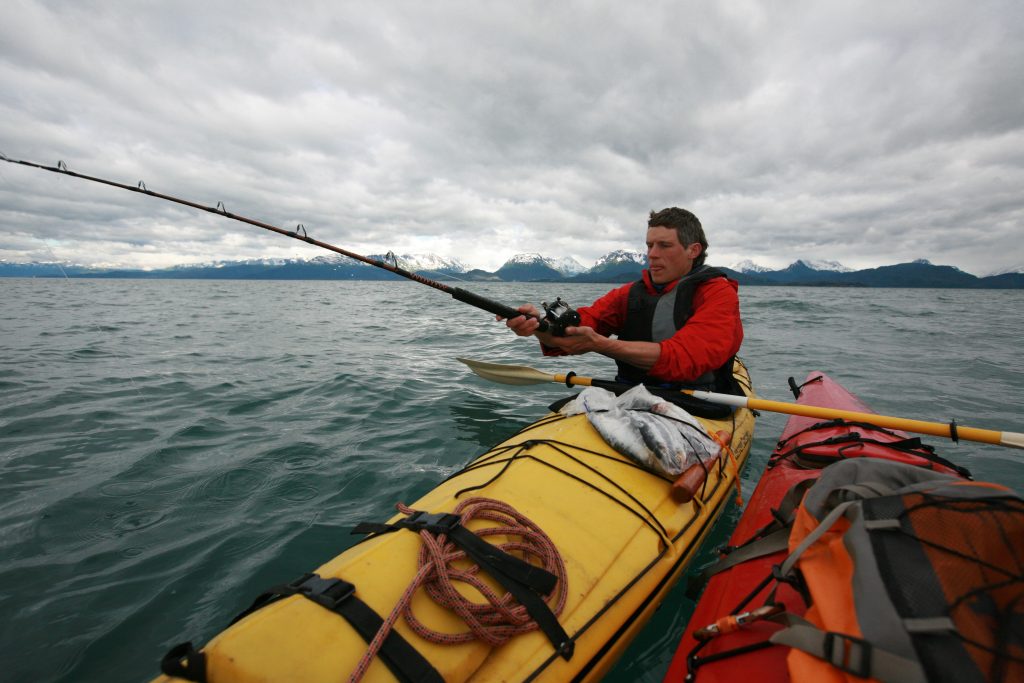

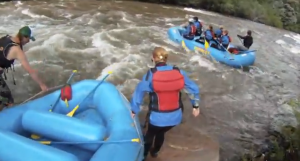 All that snow had to go somewhere, and one of those somewheres is the Roaring Fork River. Talbot and Michael of Blazing Adventures took our merry crew on a great ride. Normally scheduled for 2 hours, we were done in an hour and a half because the river was so full and the water moving so fast. Although the river was swollen and brown with all the surrounding hillsides running off with the snowmelt from a record snow year, our guides had already run the river a number of times, without clients, to be sure the course was safe. At fist, I contemplated accepting the wetsuit they provide, but I’m glad I did. As one of our guides mentioned, “the water in the river today was snow yesterday” and there was plenty of splashing, especially since I ended up in the front of the boat. But I did manage to sit on the same side as our guide, which meant a slightly dryer ride than what Bob got on the opposite side, as you’ll see in the video. Click the title above, or the “full story” link below to see the video. Enjoy.
All that snow had to go somewhere, and one of those somewheres is the Roaring Fork River. Talbot and Michael of Blazing Adventures took our merry crew on a great ride. Normally scheduled for 2 hours, we were done in an hour and a half because the river was so full and the water moving so fast. Although the river was swollen and brown with all the surrounding hillsides running off with the snowmelt from a record snow year, our guides had already run the river a number of times, without clients, to be sure the course was safe. At fist, I contemplated accepting the wetsuit they provide, but I’m glad I did. As one of our guides mentioned, “the water in the river today was snow yesterday” and there was plenty of splashing, especially since I ended up in the front of the boat. But I did manage to sit on the same side as our guide, which meant a slightly dryer ride than what Bob got on the opposite side, as you’ll see in the video. Click the title above, or the “full story” link below to see the video. Enjoy. Like || Tweet || More Photos || Purchase Photo
Like || Tweet || More Photos || Purchase Photo